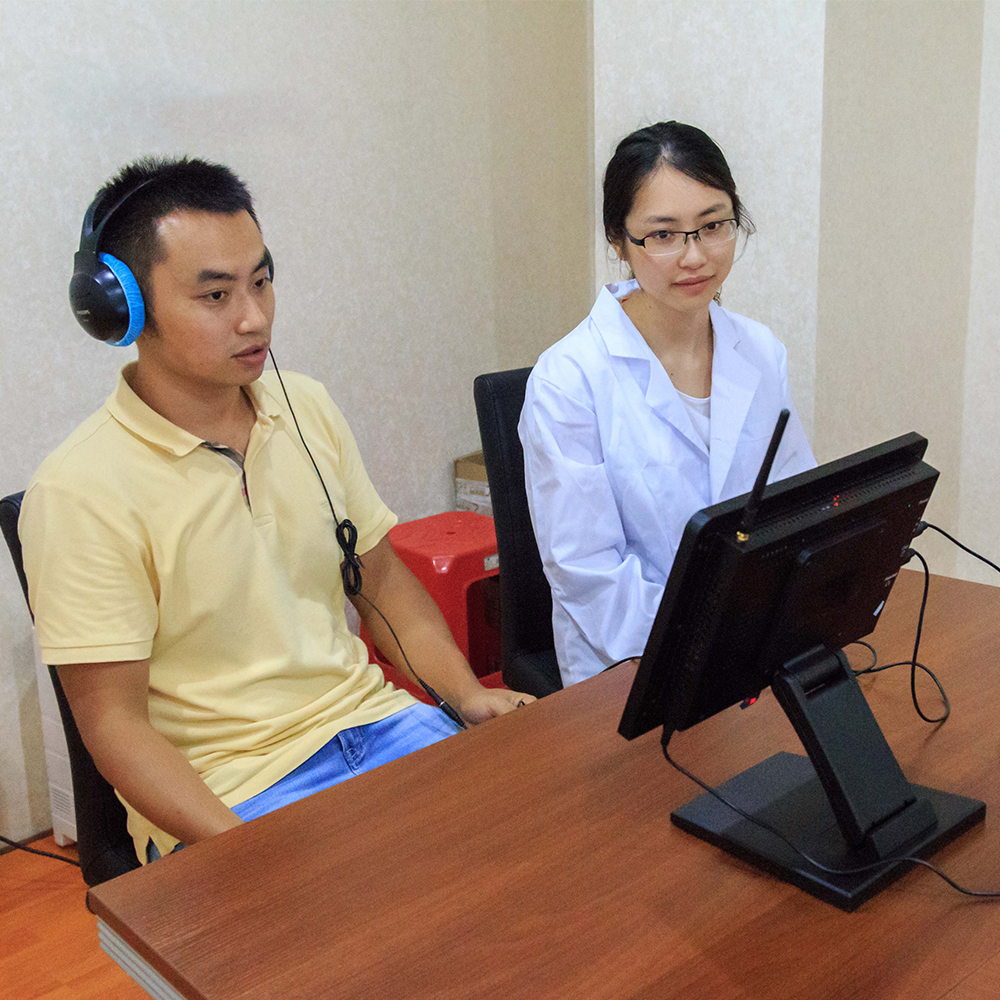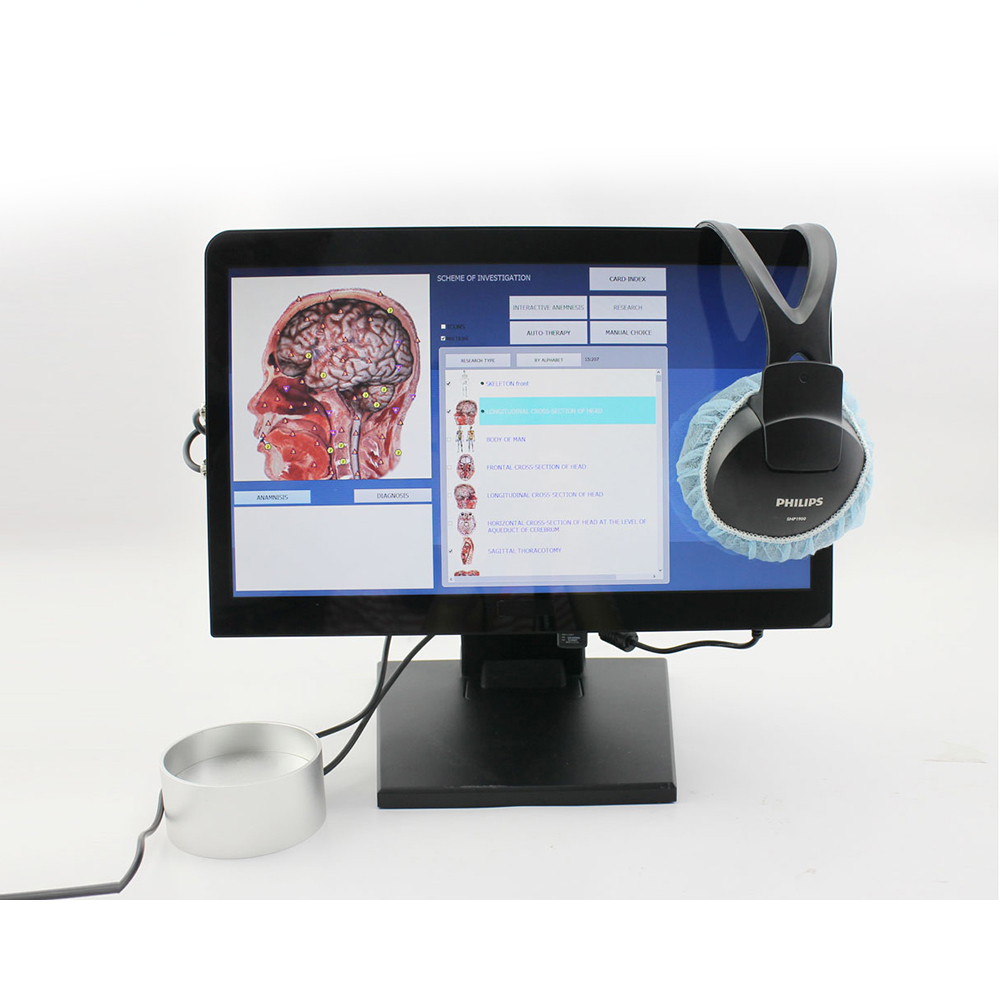1. Seedling transplanting. When soybeans are sown during the seeding period, such as continuous drought or rain, they cannot be sown. Transplanting through seedlings can shorten the time for vegetative growth and ensure adequate growth period in soybean fields. Summer soybeans can be nursed 15 days before harvest.
2, cut root cultivation. Soybeans are straight-rooted crops with deeper burial but less lateral roots. Timely cutting off the main root of soybean can promote the growth of soybean lateral roots, increase nutrient uptake and enhance the ability of rhizobia to fix nitrogen. The rooting should be carried out 10-11 days after sowing. The method is to cut the main root with a thin shovel at a depth of about 5 cm below the root of the bean seedlings. It is forbidden to displace the bean seedlings and damage the lateral roots.
3, topping. For soybeans with leggy or greedish late-maturing trends, sowing of the top heart can promote branching, dwarfing the strong rod, preventing lodging, allowing more photosynthetic products to be imported into the flower buds, facilitating flowering and conservation, and increasing yield. Generally, it can increase production by more than 15%. Usually, the length of the main stem is 1-3 cm long at the early flowering stage or full flowering stage.
4, chemical regulation. Lodging is a major problem in high-yield soybean fields. During the growth of soybeans, chemical control technology can promote strong growth, increase conservation, and increase production. Soybean chemical regulation methods mainly include:
(1) Spray paclobutrazol. Spray 20-30 kg of 100-200 ml/kg paclobutrazol solution in the soybean branching to the initial flowering period, so that the soybean plants can be dwarfed and the functional period of the leaves can be prolonged, which will benefit the ventilation and light transmission of the bean fields, improve the microclimate, prevent lodging, and promote high yields. . The concentration and frequency of use should be determined by the growth of soybeans.
(2) Spray triphenyl iodide. A triphenyl iodide solution with a concentration of 100 ml/kg is sprayed at the flowering stage of soybeans, and then 200 ml/kg of a solution of triphenyliodine is used at intervals of 5-7 days, and the amount of 50 kg per acre is used. It can inhibit the growth of the top of soybean plants, promote the development of axillary buds, increase branching and dwarfing plants, control the growth of rice plants, prevent blooming, reduce blooming, and promote early maturation and yield increase.
(3) Spraying sodium bisulfite. In the initial flowering period and full flowering period, the use of 15-17% sodium bisulfite solution 50 kg each sprayed one time, can reduce respiratory intensity, reduce the fall. In the soybean bud stage, 50 kg of 20-300 ml/kg increase production solution was sprayed every other week for 2 consecutive times. It can reduce the pod break-down by 10% and increase production by 10-15%.
5, add trace elements. The trace element fertilizers required for the growth of soybean mainly include molybdenum, manganese, zinc, boron, magnesium, etc. These elements are very low in soybean plants, but their role in various physiological functions is extremely important. Trace elements can promote the normal growth and development of soybeans, increase soybean yield and improve quality. Appropriate trace element supplementation is a cost-effective method of increasing production. For example, molybdenum, a commonly used trace element in soybeans, can increase production by 5-20% (except for alluvial soils) with molybdenum. The most significant increase in yield is in black soil, followed by black soil, sand and loess. However, too much application can easily cause poisoning. In the production, it is generally possible to balance the fertilization by soil testing, using seed coating agents containing trace elements to coat the seeds, or to apply seed dressings and foliar sprays, which can effectively prevent trace element deficiency.
Prevention of boron deficiency disease: Use about 1 kg of borax or boric acid solution as the base fertilizer per acre, or use 0.1-0.2% borax or 50 kg of boric acid solution to spray at the soybean branching stage.
Prevention of molybdenum deficiency: Ammonium molybdate seed dressing or foliar spray can prevent molybdenum deficiency. For example, 1 gram of ammonium molybdate plus 40 grams of water can be mixed with 1 kilogram of soybean seed, or with foliar spraying with 0.01-0.1% ammonium molybdate solution 25-30 kilograms per acre in soybean branching period.
Prevention of zinc deficiency: First, zinc sulfate seed dressing, the amount of 1 kg of seed 2-4 grams, before the seed dressing with a small amount of water will be dissolved zinc sulfate; Second is the base application, zinc sulfate applied to the seeds or next to the seed, each Apply 1 kg of zinc sulphate to the mung bean field; the third is foliar spraying, which can be carried out before the branching stage, with a concentration of 0.01-0.05% zinc sulfate solution 50 kilograms.
Prevention of manganese deficiency: First, manganese sulfate seed dressing, the amount of 4-8 kg per kilogram of seed; the second is the base, manganese sulfate dosage of 2 kg per acre; Third, foliar spray. Can be carried out before the branching period, 0.05-0.1% manganese sulfate solution 50 kg.
Above the foliar spray is the amount per acre.
In the field of active homeostasis control have been introduced into the world market. The research workers of the Institute of Practical Psychophysics have made a breakthrough in the development of information preparations for the correction of the disturbed balance-homeostasis within the body and the neutralization
of environ- mental and infection pathological agents - they have put a new superactive home-ostasis control program on the market. The researchers at the Institute were the first to succeed in producing most effec-tive equipment that is capable of tuning to the frequency of master pulses automati-cally, without human interference, as well as of detecting and correcting defects and pathologies in organs and body cells on its own through a combination of different specifically modulated magnetic oscillations recorded on a matrix. The fundamental concept in the development of this equipment was a hypothesis that the
human body has an electromagnetic information framework which is able to respond to external radiation. The staff of the Institute of Practical Psychophysics managed to bring together different separate trends of valeology and thus actually make a quantum leap - work out a method of active homeostasis control. They
dealt with home-opathy, Chinese acupuncture with its further elaboration by Folle, Morell and Schimmel; the Indian Yajur -Veda and the theory of chakras; spin theory; phytotherapy and other methods. Theoretical and experimental work that made it possible to produce apparatus •• NLS ' - a nonlinear quantum generator.

8D LRIS NLS has beeen used to check :
1. Fear.
2. Emotional.
3.Relationship.
4. It has AURA function which can show our weakness energy of our organ.
5. The most important thing is it can be used to check the bacteria,pathological, allergen analysis, microbes and parasites.
6. Biochemical dynamic level.
7. Homeopathy.
8. Most suitable and not suitable for foods.
9. Flower essences.
10. Unbalanced organ analysis.
11. Gemstone energy.
12. Herbs, etc.
13. Sample data library. So it can test the food allergy and suggest indications of the effect of the nutritional products.

8D Lris Nls Description:
Complex Analysis of all organs and systems of the human body:(indications only)
1. The cardiovascular system.
2. Gastro-intestinal tract.
3. Genital-urinary system.
4. Musculoskeletal system.
5. Bronchi-pulmonary system.
6. The endocrine system.
7. Visual and hearing aids/organs.
8. The nervous system.
9. Biochemical analysis of blood without interference.
10. Infection in the organs and systems – viruses, bacteria, fungi, protozoa, helminths infection, etc.(staphylococci and streptococci, giardiasis, trichomonas, chlamydia, urea plasma, and so on).
11. Qualitative assessment of hormone levels, adrenal, pituitary, pancreas, thyroid, gonads.
12. Level of immunity.
13. Allergy diagnosis (complex tests up to 500 allergens).
14. Medical testing (individual selection of drugs).
15. Chromosomal diagnosis.
16. Laboratory Analysis (blood counts, biochemical parameters, hormones, trace elements).
17. AURA function :can show weakness energy of organ.
18. Treatment of pathological processes identified by the bio resonance therapy (meta- therapy).
19. The treatment method litho-therapy (spectral frequencies individually selected minerals) Fear, Emotional Matrix, relationship Matrix,etc.
Reported Conditions people have used with Bio resonance therapy:
1. Allergies.
2. Acute Infectious Diseases.
3. Bronchial Asthma.
4. Autoimmune Diseases.
5. Degenerative Organic Diseases.
6. Rheumatic Diseases.
7. Arthropathy.
8. Gynecological Disorders.
9. Immunodeficiency of varied origin.
10. Post-Vaccine Complications.
11. Intoxication and Toxic Stress.
12. Headache and Migraine.
13. Mycotic and Parasitic Disorders.
14. All Types of Pain.
15. Neurodermatitis and Eczema.
16. Sports Injuries.
17. Metabolic Diseases.
18. Pre and Postoperative Treatment(s).
19. Secondary Viral Disorders.
20. Urological Disorders.
21.Check person`s Emotional states eg:Fear, relationship etc.
22. AURA function :can show weakness energy of organ.
23. treatment method litho-therapy (spectral frequencies individually selected minerals)Fear, Emotional Matrix, relationship Matrix etc. and more.
24 Chinese Version.
Metatron Hunter,Touch Screen 8D Nls,Touch Screen 8D Lris Nls,8D Nls Analyzer
Shenzhen Guangyang Zhongkang Technology Co., Ltd , https://www.lighttherapymachine.com